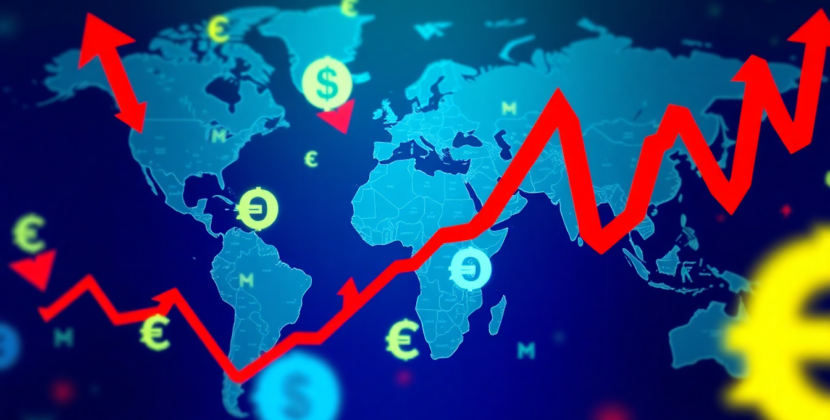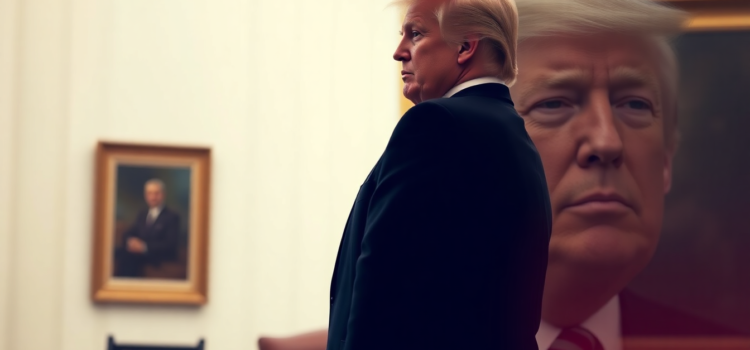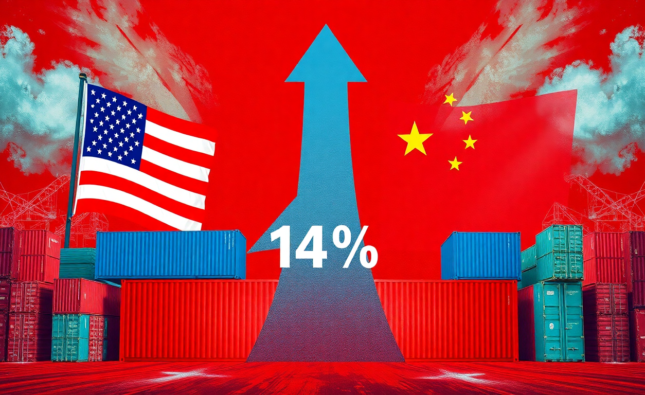
Trump Vows Not to Fire Powell Despite Previous Criticisms Amid Economic Tensions
In the midst of escalating economic tensions, President Donald Trump has unexpectedly vowed to retain Federal Reserve Chairman Jerome Powell, countering his prior critiques. This decision underscores the delicate balance required to navigate current economic challenges while maintaining institutional stability.
Introduction
Amidst a backdrop of economic uncertainty, the financial world watched as President Trump declared his intention to retain Federal Reserve Chairman Jerome Powell. This announcement follows a series of critical statements from Trump regarding Powell’s monetary policy approaches. Why then, has Trump changed his stance? l will explore how this decision fits into the broader economic landscape, revealing underlying dynamics that impact both national and global economies.
The Initial Criticisms of Jerome Powell
President Trump’s relationship with Federal Reserve Chairman Jerome Powell has been marked by tension and public scrutiny. In the past, Trump openly criticized Powell’s interest rate decisions, suggesting they hindered economic growth. This strained rapport raised questions about Powell’s tenure and the potential for policy shifts within the Federal Reserve.
Understanding the Economic Context
The criticisms leveled by Trump reflect broader concerns over the trajectory of U.S. economic policy amid trade tensions, fluctuating markets, and global economic uncertainty. These factors have contributed to complex economic conditions that demand robust and adaptive leadership from the Federal Reserve.

Trump’s Recent Statement: A Strategic Move?
Given the historical context of Trump’s comments, his recent declaration to support Powell’s leadership comes as a strategic recalibration. This decision suggests a recognition of the institutional implications of destabilizing leadership changes amid economic volatility.
Insights from Financial Experts
Financial analysts suggest that retaining Powell serves as a stabilizing measure that reassures both domestic and international markets. The stability of monetary policy leadership facilitates a more predictable economic environment conducive to investment and growth.
Key Takeaways from Trump’s Decision
- Trump’s decision suggests a recognition of the importance of continuity in economic policy leadership.
- The move can be seen as a strategy to assuage market uncertainty and promote financial stability.
- This announcement may alter perceptions within the international community regarding the U.S. economic strategy.
Conclusion
President Trump’s decision to retain Jerome Powell reflects the broader complexities of governing within an economically unstable landscape. By prioritizing continuity in monetary policy leadership, Trump may be attempting to allay market concerns and foster a more predictable economic future. As such, keeping Powell aligns with the strategic goals of stability and institutional integrity.
Engage with our analysis by commenting below or sharing this article with peers interested in the intersection of politics and economics. Subscribe to our newsletter for more in-depth coverage.
FAQ
Why did Trump criticize Jerome Powell in the past?
President Trump criticized Jerome Powell for his decisions on interest rates, suggesting they might impede economic growth.
How does retaining Powell affect the economy?
Retaining Powell is seen as a move to maintain stability and predictability in monetary policy, which can boost market confidence.
What is the broader significance of Trump’s latest decision?
This decision reflects a strategic approach to ensure continuity in leadership amidst economic adversity, promoting confidence on a global scale.









![Mattel CEO Calls for Zero Tariffs on Toys as Less Than 40% Production Remains in China in 2025; US Tariff Exposure at 20% of Global Output[3][4][1]](https://upnews.today/wp-content/uploads/2025/04/f-rec7MnkEhU1qCjUI1-attel-CEO-Calls-for-645x395.png)
